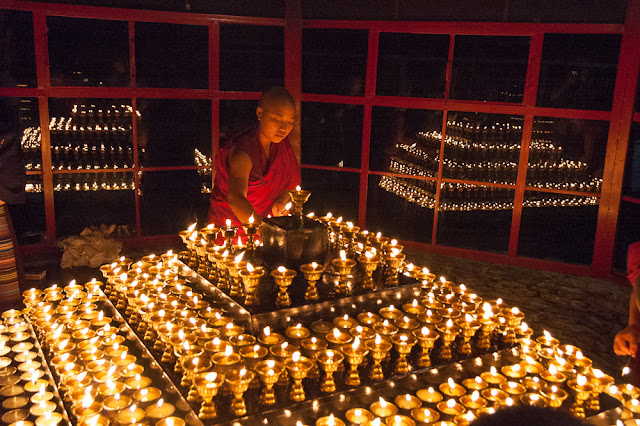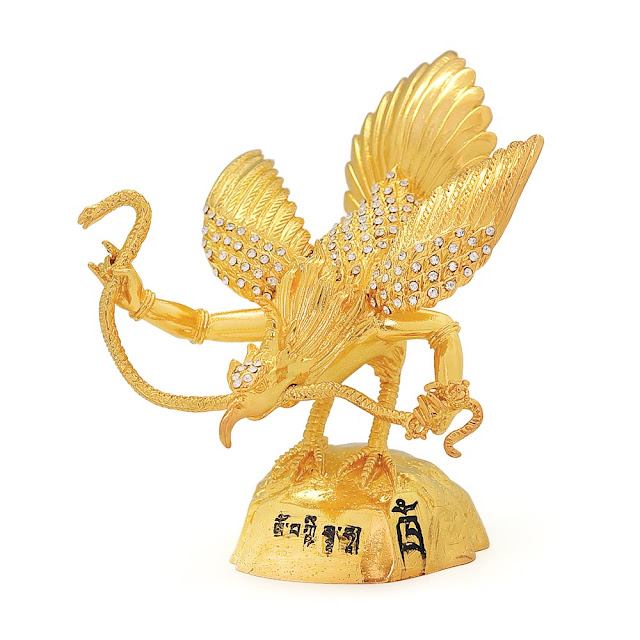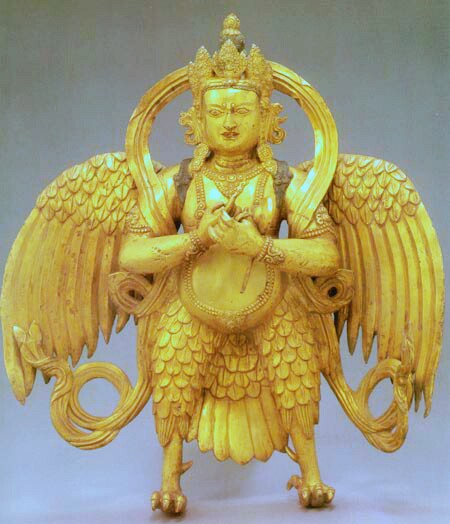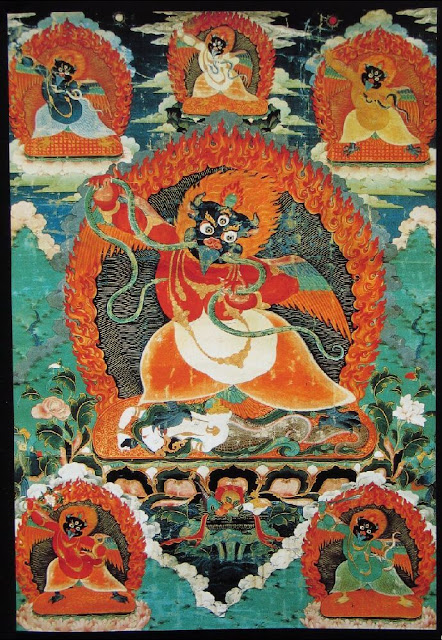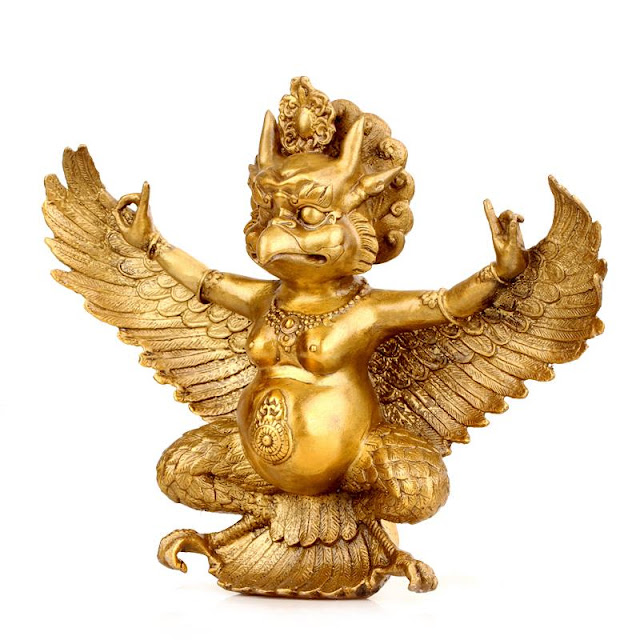What about the Tibetan culture and belief? Is there any auspicious or inauspicious numbers that had massively influenced the Tibetan ways of life, culture and religions? Of course, they are. For instance, 13 is a lucky and holy number for Tibetan people.
In Tibetan culture, the odd numbers are always regarded as an auspicious number by local Tibetans. "6" may well be considered as a lucky number as number that multiple of "3". Tibetans would always deal with some important matters or travel to some place far from home on odd days, while even numbers are taboo. All these instances show that the principle of adoring odd numbers and regarding even numbers as taboo is always adhered to during any activities in Tibet.
As for the Tibetan people view odd numbers as lucky ones, herdsmen will choose a date with odd numbers in the first half of every month to assemble, set off on their journeys, and hold all other important events with the hope of safety. Horse racing and archery have been popular for over a thousand years in Tibet. In the Tibetan horse racing, only thirteen runners in the front will can get a prize.
Losar is the Tibetan new year, it is customary or commonly practiced by the local would present gifts for their love ones, and in the monasteries, would present gifts to the Rinpoches, Tulkus and lamas. According to the Tibetan culture, If anyone is buying or presenting gifts to the Tibetan people, the gifts will or should not be in an even number, but instead it should be the odd numbers.
Tibetan No. 3 - Symbolize the sun, moon and star.
- The universe is divided into the celestial realm, the Human realm and the Hell realm.
- Connecting to the three Longevity Amitayus Buddha, Ushnisha Vijaya and White Tara.
- Body, speech and mind in Tibetan Buddhism.
Local Tibetans would always connect the nice things with "3", such as the 3 Buddhas, 3 monasteries, 3 tribes and 3 sages. They also use "3" to express auspicious or some other lucky symbols. Especially in Tibetan Buddhism culture, a lot of nouns use "3" as their affix. For example, "3" was used to symbolize the sun, moon and star. In Tibetan Buddhism, the universe is divided into 3 parts, the sky, ground and underground. The 3 Buddhas of Longevity refers to Amitayus Buddha, Ushnisha Vijaya and White Tara.
- Is customary of the Tibetan people would always clink their glasses and drink 9 glasses of wine once a clinking is proposed.
- Only the silver bowls or dragon bowls can be used as drinking vessels in Tibet. In addition, ghee must be dipped on three spots in the bowls for good luck.
The odd number "9" means everything for local Tibetans. "9 rivers" means the place of all the rivers collected together. "9 people" means all living creatures. "9 needs" means all the needs and "9 wishes" means all the wishes. In a word, "9" is always used to express "much" in Tibetan. Actually, the use of "9" in Tibetan is quite similar to the use of "9" among the ancient Han people. In ancient times, Han people would also use "9" to express the meaning of uncertain, much or endless.
We can also find interesting numbers in Tibetan culture from the drinking customs of Tibet. The Tibetan people would always clink their glasses for three times, three glasses of wine should be drunk after each clinking. Hence, they would always drink 9 glasses of wine once a clinking is proposed.
Tibetan No.13 - Is an auspicious and holy number for the Tibetan culture.
-13 desireless celestial realms or pure lands to be reborn according to the Gelupa lineage of Vajrayana Buddhism.
- Prigrims will perform kola or walk 13 clockwise rounds the Sacred Mountains of Tibet for purification and removing of negativity and obstacles.
There is another interesting thing about the Tibetan number culture. In the West, the number 13 is regarded as an unlucky number, but in Tibetan culture 13 is an auspicious number, a holy number. In the ancient Tibetan fairy tales, the heaven is composed of 13 layers. The 13th layer of the heaven is said to be the desireless pure land described by Master Tsongkhapa.
Hence, "13" is really a sacred and lucky number in Tibet. Besides, the devout pilgrims would always make Kora around Mt. Kailash for 13 rounds so as to pray for happiness and clean the guilty.
According to King Gesar, the world's longest epic, when Gesar was born, he held 13 flowers in his hands, walked 13 steps and vowed to become a Buddha at 13. Indeed, when he was 13, he was victorious in a horse race, married and became king of the state of Ling. Also, according to King Gesar, Gesar had 13 concubines and 13 Buddhist guardians, and in the state of Ling under his rule there were 13 snowy mountains, 13 mountain ridges, and 13 lakes.
Donations for our Buddhist research and development
Do you earnestly cherish our devoted work? Assuming this is the case, we are delighted that you are finding our blog useful and valuable. Would you consider making a donation for our Buddhist research and development?
We need your help to secure the future of scholarly interaction with Buddhism. Since our very first publication of Dharma works and activities in the year 2008, we had been effortlessly providing free distribution of Dharma posts and articles throughout the previous 13 years. We have exceptionally constrained supports and do not receive subsidized or funding from people in general.
Please help us and to develop our Dharma activities that will not only benefit you, but to all Dharma readers on the planet. Please consider showing your support. Your generosity will certainly help us to enhance our work and to accomplish for a better and brighter prospect to come.
Thank you for reading, may you find peace and great bliss. With your support it helps to spread the Buddha’s precious teachings and turning the Dharma wheels in the world.
Aspiration For Bodhichitta
For those in whom the precious Bodhichitta has not arisen
May it arise and not decrease
But increase further and further.
Dedication of Merit
By this merit may we obtain omniscience then.
Having defeated the enemies wrong-doings.
May we liberate migrators from the ocean of existence.
With its stormy waves of birth, old age, sickness and death.
*Note
I do not own or infringe any copyright of these pictures.
Pictures courtesy and credit to the rightful distributors and or studios.
Pictures are intended for editorial use only.

















